What Can an Air Circuit Breaker Do? How Does It Work?
Purpose and Capabilities of an Air Circuit Breaker
An Air Circuit Breaker (ACB) is a key device in electrical distribution systems, primarily used to protect circuits and equipment from damage caused by overcurrent, short circuits, and other electrical faults. It is designed to operate in low-voltage systems, generally up to 1,000 volts AC. The ACB serves not only as a protective device but also as a switching mechanism, enabling engineers to isolate or connect circuits safely during maintenance or power distribution adjustments.
Unlike other types of breakers that rely on oil, gas, or vacuum as an arc-extinguishing medium, the ACB uses air at atmospheric pressure. This design makes it cleaner, easier to maintain, and more environmentally friendly. Its ability to handle high current ratings makes it suitable for industrial and commercial power systems, where reliability and durability are critical.
How It Works
When an overload or short circuit occurs, the ACB’s sensing mechanism—typically a trip relay or electronic protection unit—detects the fault. The breaker then trips automatically, interrupting the current flow. Inside the device, an arc chute safely extinguishes the electric arc that forms when contacts separate. The chute cools and divides the arc into smaller sections, making it easier to extinguish. Once the issue is resolved, the breaker can be reset manually or automatically. In essence, the ACB functions as a critical safeguard, ensuring electrical systems remain stable, efficient, and safe under demanding operating conditions.
How to Maintain and Test a Low-Voltage Electric Circuit Breaker
Routine Maintenance for Reliability
Low-voltage circuit breakers play a crucial role in everyday electrical systems, and regular maintenance ensures they perform correctly over time. Maintenance typically involves inspection, cleaning, lubrication, and functional testing. Dust and corrosion can accumulate on contacts or moving parts, increasing resistance or preventing proper operation. Therefore, it is important to clean internal components using approved materials and avoid abrasive methods that could damage surfaces.
Mechanical parts such as springs and linkages should be checked for wear or fatigue and lubricated as recommended by the manufacturer. Proper alignment of contacts must also be verified to ensure smooth engagement and minimal electrical resistance during operation. Periodic tightening of terminals and connections helps prevent overheating caused by loose joints.
Testing Procedures for Safety
Testing low-voltage circuit breakers confirms their ability to trip correctly during fault conditions. Primary injection testing is often used to verify trip characteristics by applying a controlled current to simulate overloads and short circuits. This helps ensure that the breaker trips within its specified time-current curve. Insulation resistance testing can also be performed to check for degradation in the insulation system.
Electronic or digital breakers may require secondary injection testing, which verifies electronic trip units without the need for high current levels. During testing, technicians should follow all safety protocols, use calibrated instruments, and record the results for maintenance documentation. Consistent maintenance and testing not only prevent unexpected outages but also extend the service life of the circuit breaker, ensuring dependable operation across all electrical installations.
What makes a circuit breaker “smart”?
A Smart Universal Circuit Breaker (SUCB) goes beyond traditional protection functions. It includes digital monitoring, communication, and control features that allow real-time management of electrical systems. These breakers can measure current, voltage, power factor, and energy consumption, transmitting this data to centralized control systems or cloud-based platforms. Through connectivity options such as Modbus, Ethernet, or Wi-Fi, operators can remotely view system performance, adjust parameters, and receive alerts in case of abnormal conditions. The “smart” aspect lies in its ability to integrate protection with data-driven decision-making for improved efficiency and safety.
Where are Smart Universal Circuit Breakers commonly used?
These advanced devices are widely used in industrial, commercial, and energy management systems that require continuous monitoring and reliability. For example, manufacturing plants use smart breakers to optimize power distribution and detect early signs of electrical wear. In smart buildings, they contribute to energy efficiency by automatically adjusting loads during peak demand. Data centers also rely on them to minimize downtime through predictive maintenance and automated fault reporting. Their flexibility and communication capability make them suitable for both new installations and upgrades to existing electrical panels.
What are the main benefits of using Smart Universal Circuit Breakers?
The primary advantages include enhanced safety, improved operational visibility, and energy optimization. Smart breakers detect faults more precisely and can isolate only the affected section, system disruption. Their continuous data collection supports preventive maintenance, helping to identify issues before they cause failures. Furthermore, by monitoring energy consumption, they assist organizations in managing power costs and achieving sustainability goals. The combination of intelligence, reliability, and efficiency makes Smart Universal Circuit Breakers an essential part of modern electrical infrastructures.



 English
English  Français
Français  中文简体
中文简体  русский
русский  Español
Español  عربى
عربى 





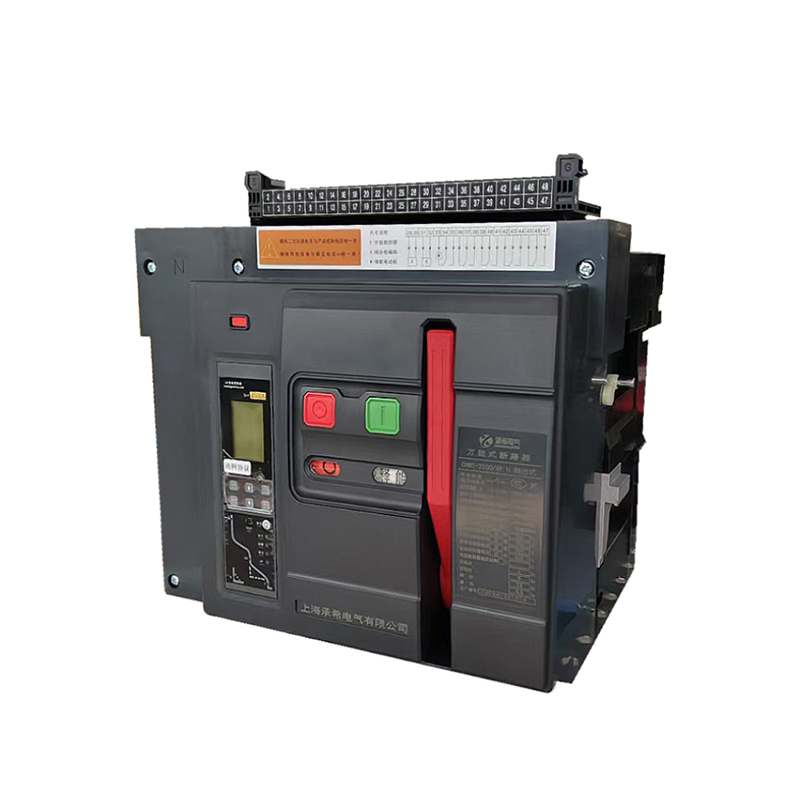
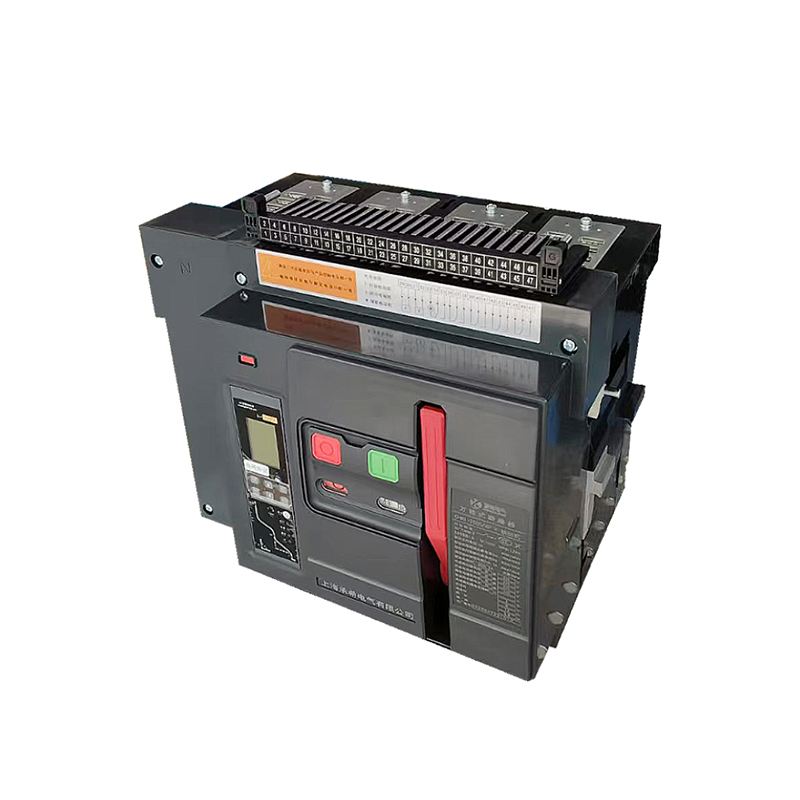
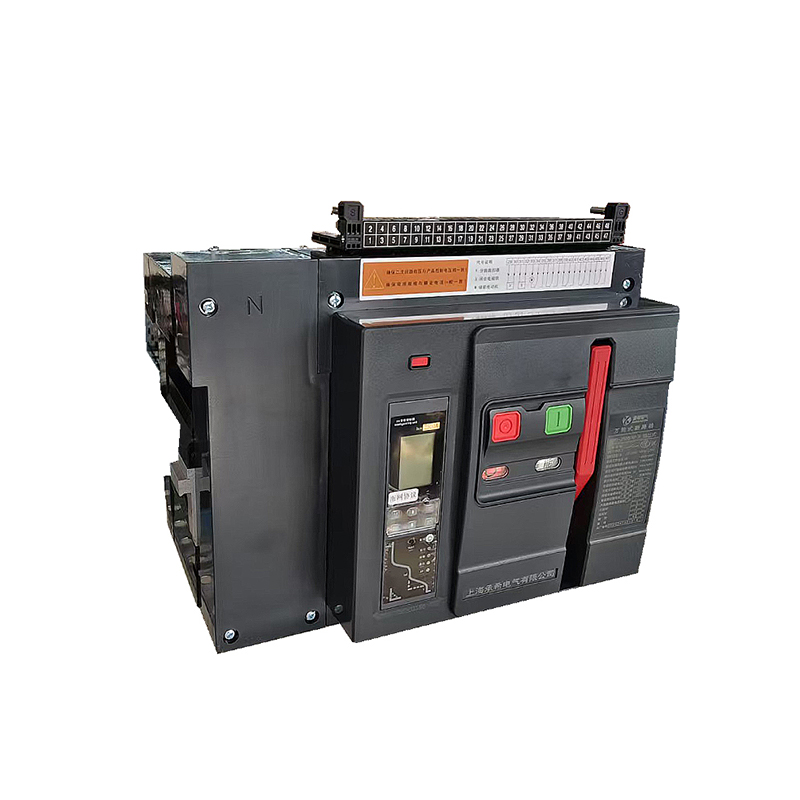


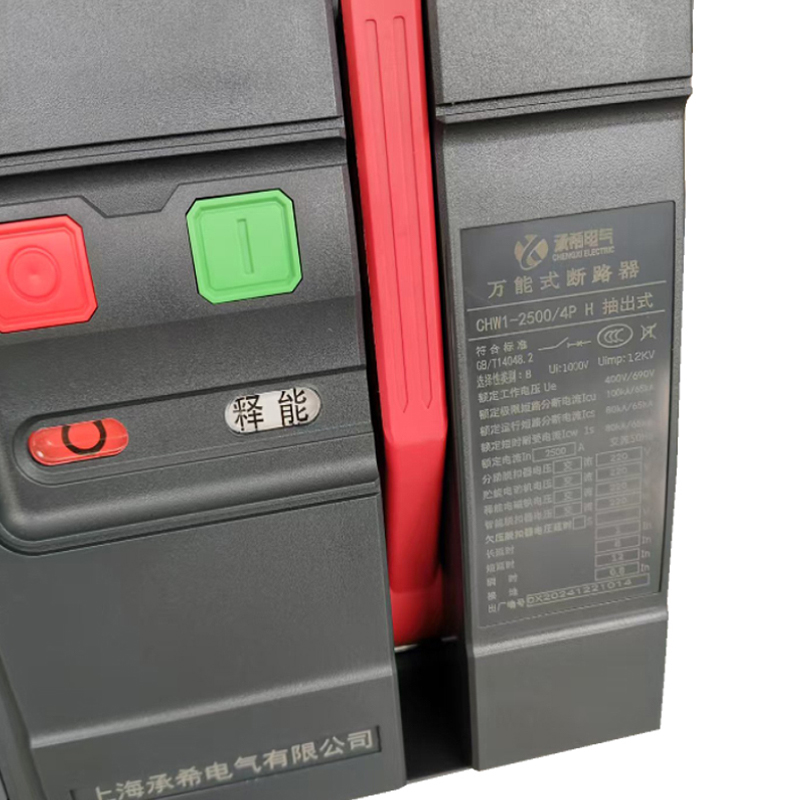

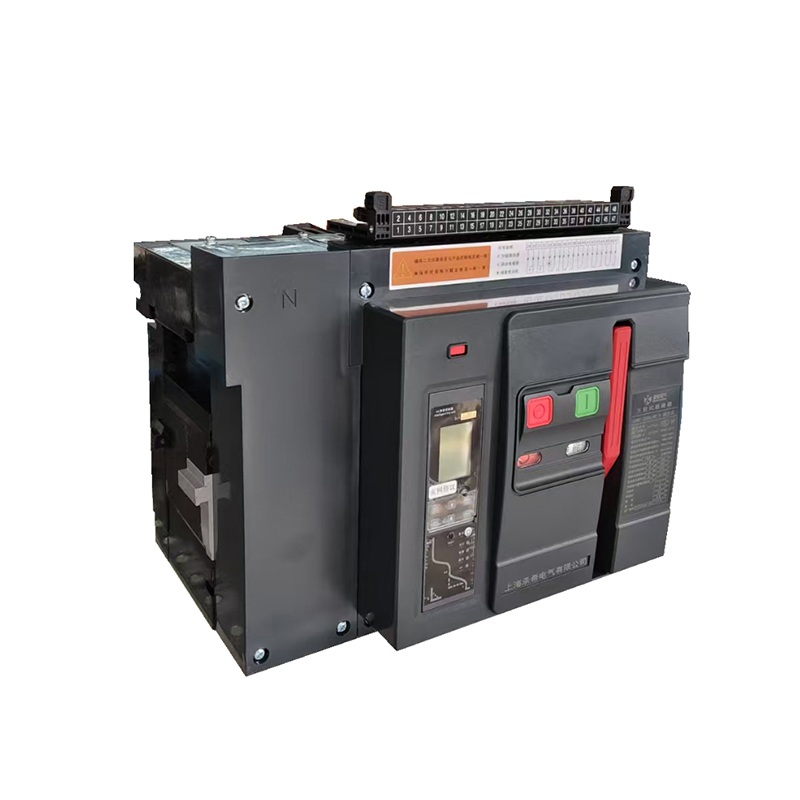


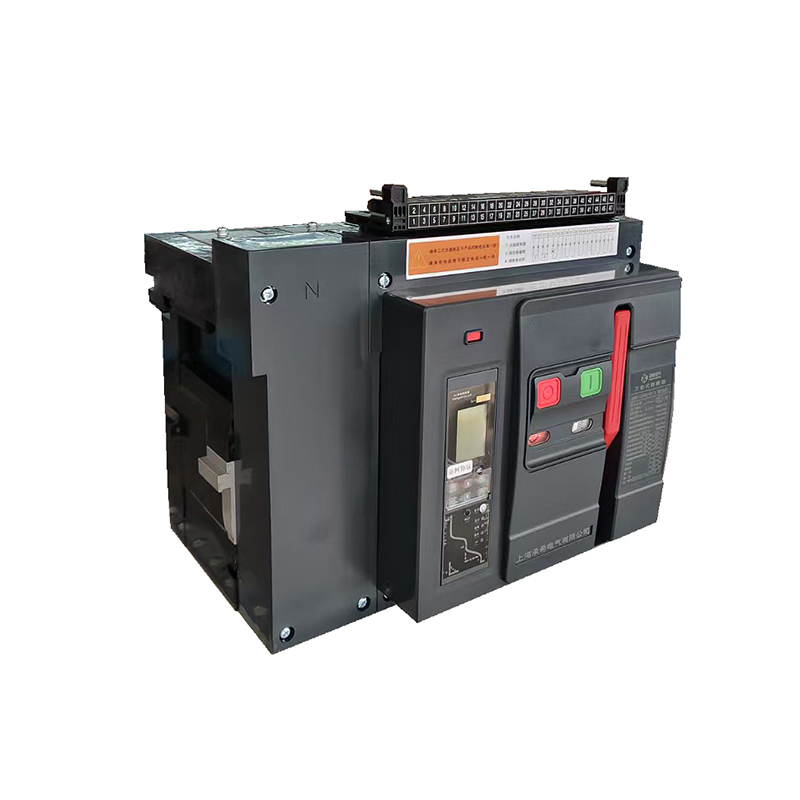
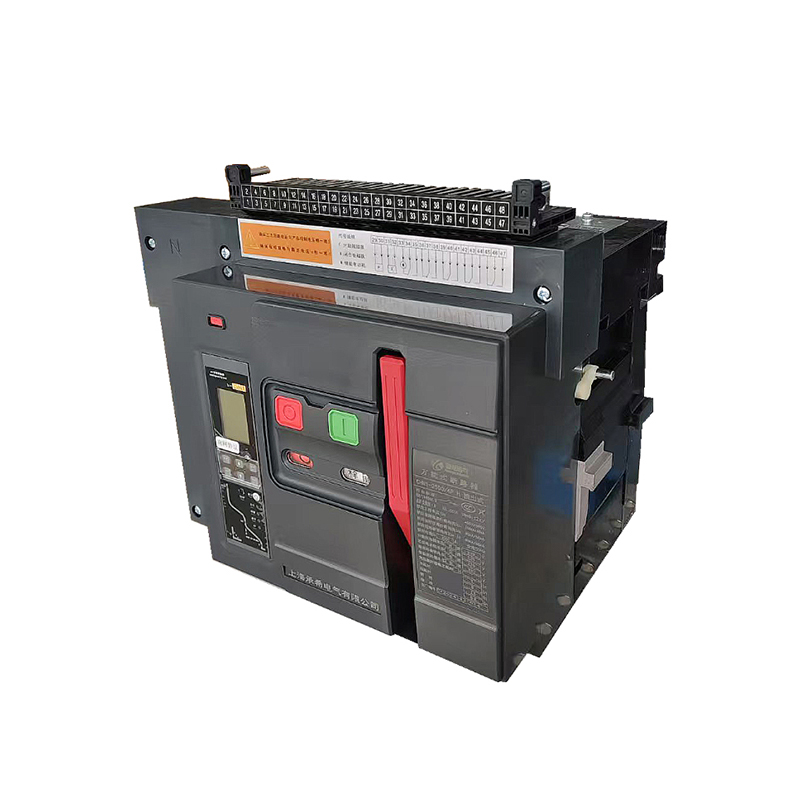

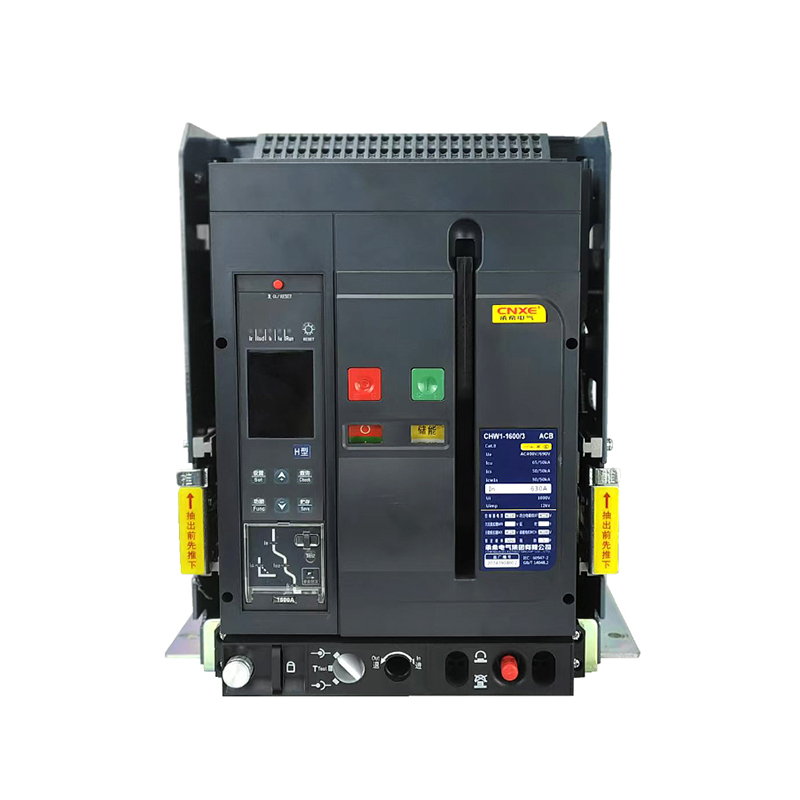
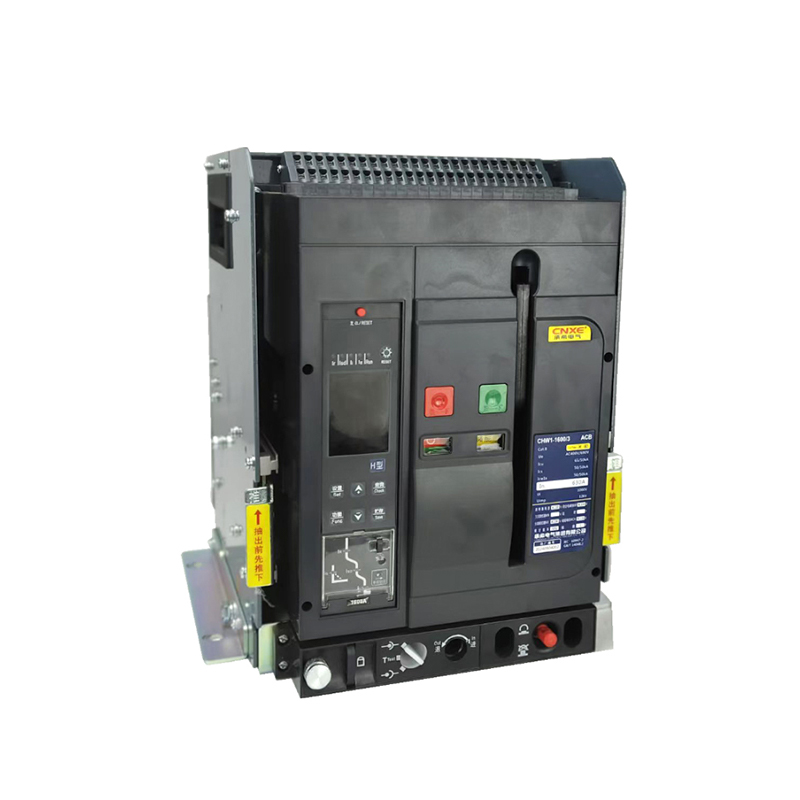
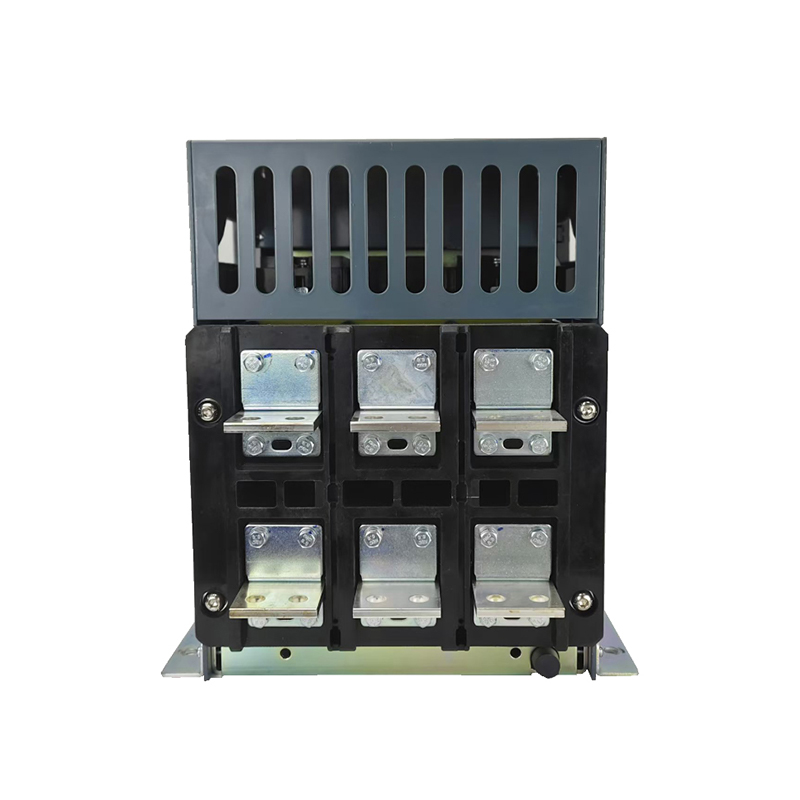
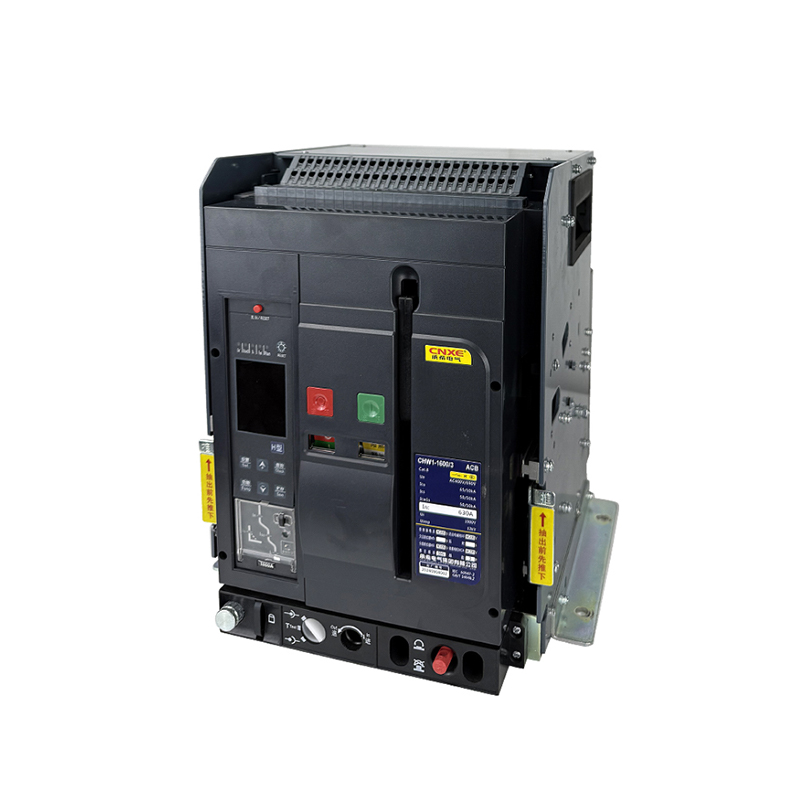




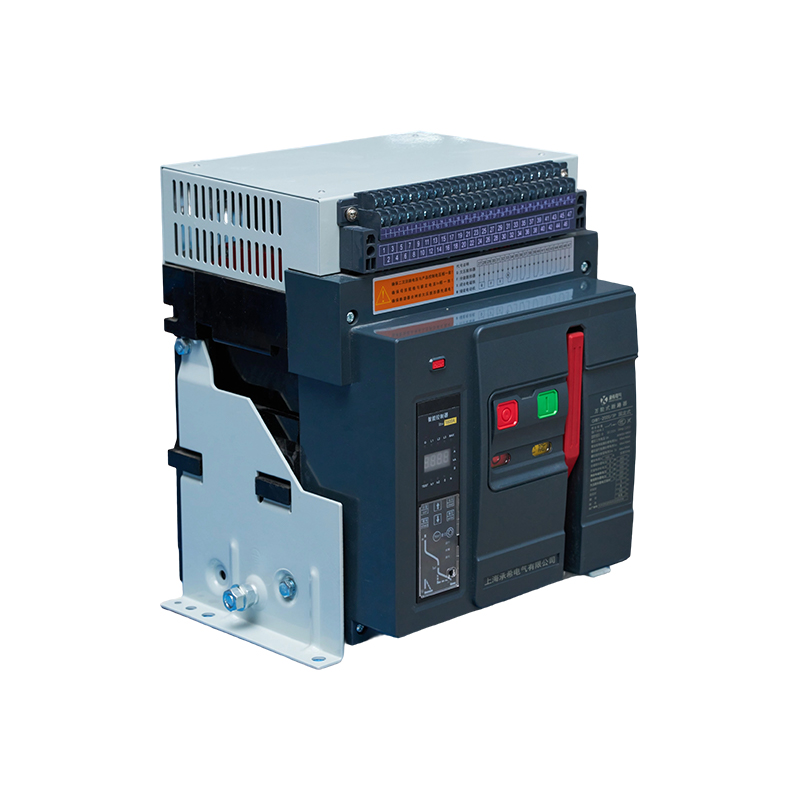

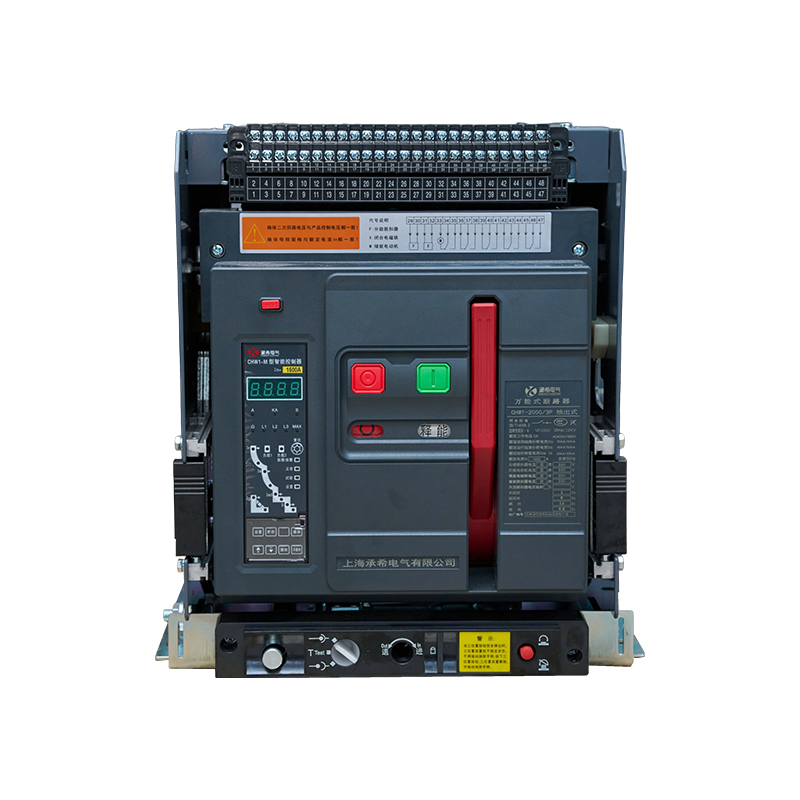
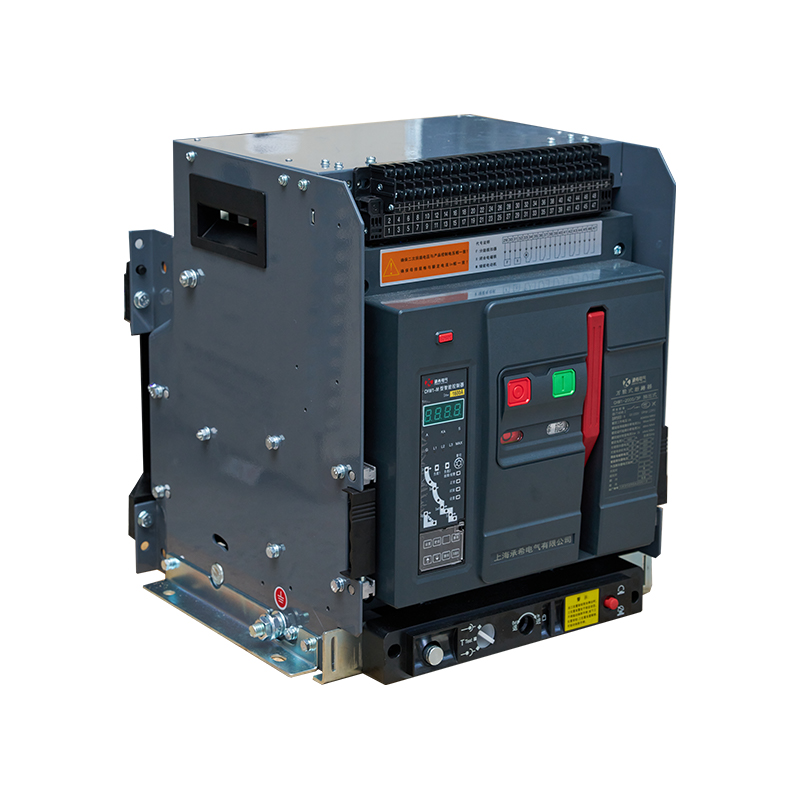











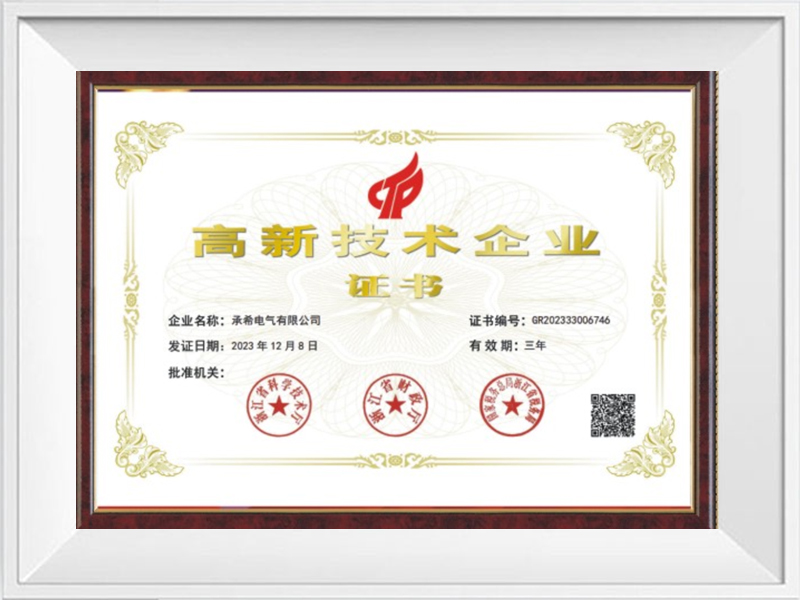

 +86-0577-62265555
+86-0577-62265555 
 281 Wei 15th Road, Yueqing Economic Development Zone, Zhejiang, China
281 Wei 15th Road, Yueqing Economic Development Zone, Zhejiang, China 